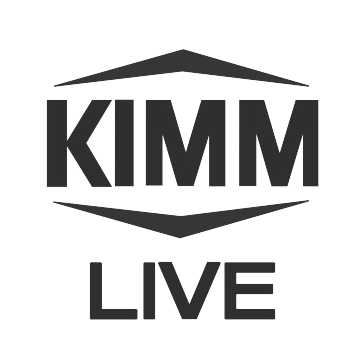
- Writer관리자
- Created2022.07.04.
- Views1,814
Mongolia | Post Doctoral researcher
Jamsran Narankhuu Ph.D.
Jamsran Narankhuu is a current KIMM post-doctoral researcher, who is researcher fuel conversion, plasma assisted HC-SCR, plasma DPF, alternative fuels,and low temperature combustion at the Department of Plasma Enginnering.
- #Mongolia
- #Post Doctoral Researcher
- #Plasma Engineering

First of all, appreciate for inviting me to the KIMMterview. I am Jamsran Narankhuu from Mongolia and post-doctoral researcher at the Korea Institute of Machinery and Materials (KIMM). I received my MS and Ph.D degree in mechanical engineering by majoring internal combustion engines from University of Ulsan, South Korea, in 2012 and 2016, respectively. My research interests are plasma HC-SCR, plasma DPF, fuel conversion, alternative fuels in internal combustion engines and low temperature combustion. I currently live together with my wife and daughter in Korea.
Q: Tell us more about your current work.Currently, I am focusing on two projects at KIMM. First project that I am conducting is a research on rotating gliding plasma assisted HC-SCR for NOx removal. Main advantage of this technology compared to commercially available urea-SCR system is simplicity of the system by using diesel fuel itself as reductant.
Second project that I am working is is a research to reduce PM emissions of old buses running as public transportation in Ulaanbaatar, Mongolia: my home town. I was able to visit Mongolia with the KIMM delegation just last month, to check the environment and discuss the possible cooperation with the local university and the authorities. Now, we are working to design and install a plasma DPF system which fits to the specific environment of Mongolian climates. With this project, we aim to reduce overall air pollution caused by public transportation in Ulaanbaatar significantly.
Q: How did you come to Korea? To KIMM?In 2010, I was accepted to a scholarship program for master’s degree at University of Ulsan. At the time, my plan was to only finish MS degree to become more educated engineer. Just like many other foreigners outside of home country, trying to adjust in another part of the world, my first two years in Korea were challenging. Fortunately, I have enjoyed learning the Korean language from the very first moment, and until I became fluent and comfortable in using Korean in the daily activities, which helped me a lot in my life Korea. Also, receiving a best paper award in my university motivated me to pursue Ph.D. in Korea.
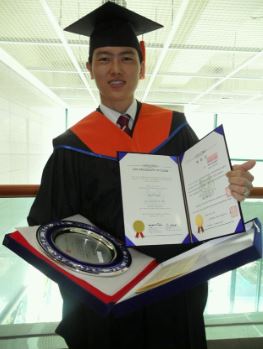


After finishing my Ph.D. in 2016, I went back to my country and worked over 3 years in an aviation company. But in my mind, I still had some hope to return back to the research field. Then, I applied and interviewed for a post-doc position in the Department of Engine Research at KIMM in 2020, and I remember that I was so excited when I got the acceptance message. In 2021, I moved to the Department of Plasma Engineering, which broadened my vision to the new field of science.
Q: How was your time in Korea?
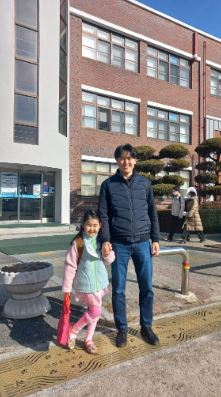

I have been living in Korea more than 8 years now. I and my wife both graduated universities in Korea. Most importantly we got married and become parents here in Korea. My daughter has recently entered elementary school, and is learning Korean so fast nowadays. Another thing I am especially thankful for Korea is that, my father was able to recover his health here few years ago. So in many ways, Korea is a very meaningful place for myself and the whole family.
Q: What did you gain from your experience at KIMM, and what did you like the most?Different than doing theoretical research in university, KIMM requires to always keep in mind to research a technology into the practical application. Plus, the knowledge gained from other experienced researchers and scientists is precious thing as a part of the research institute.
Since its establishment in 1976, KIMM has been the leading research institute for industrialization that supported the Korean economy indirectly. Besides great facilities of KIMM, what I like the most about KIMM is its vision, researching for future of all humankind and always pursuing challenging technologies to bring them into the reality. That is what I really admire.

Among the many memorable moments, the first that comes in mind is when I had a chance to fly over more than twenty thousand kilometers from America to Europe through Mongolia with a private airplane, during when I was working at an aviation company. This experience amazed me and made me think the earth as one place, of which we humans all live together. And that made me hope to maintain this beautiful world as natural as possible. To do that, what I can do as a researcher was to donate my efforts for reducing emissions. I believed that this would be an act to fight the climate changes issue. That’s one of the main reason I joined to the KIMM Institute of Carbon Neutral Energy Machinery.

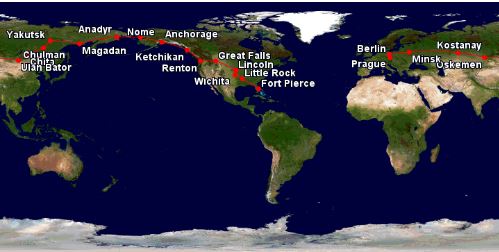

The recent visit to my country was something different than previous. As I mentioned earlier, KIMM and the Mongolian University of Science and Technology (MUST) have been conducting a project for installing plasma-DPF system for reducing PM emissions of the old buses in public transportation. For that purpose, as a part of the KIMM delegation, I had visited Ulaanbaatar, Mongolia in June this year.
We had signed an MoU with MUST and held a seminar with MUST students regarding the KIMM plasma technology. We also visited local bus company garage to inspect the local buses for the application of KIMM's plasma DPF system, and discussed cooperation with the Ulaanbaatar City officials. As Mongolian, I was excited to visit my home town, and it was also a great opportunity to contribute in solving emissions issue in the capital city of my country.
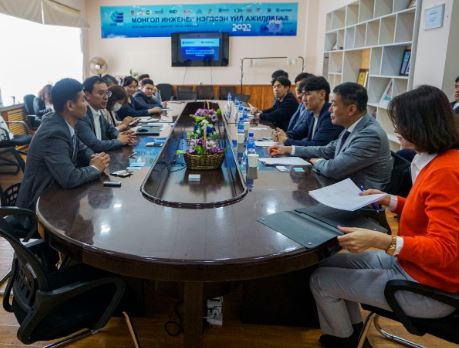



I believe many of the readers are young/foreign researchers who are looking for their career developments. I would strongly recommend to them that KIMM is definitely the place to grow and build valuable experience through advanced research facilities while enjoying nice campus environment.

